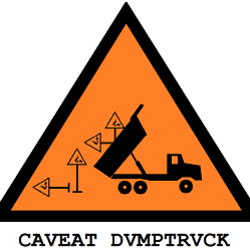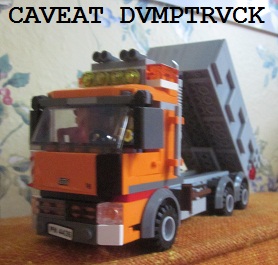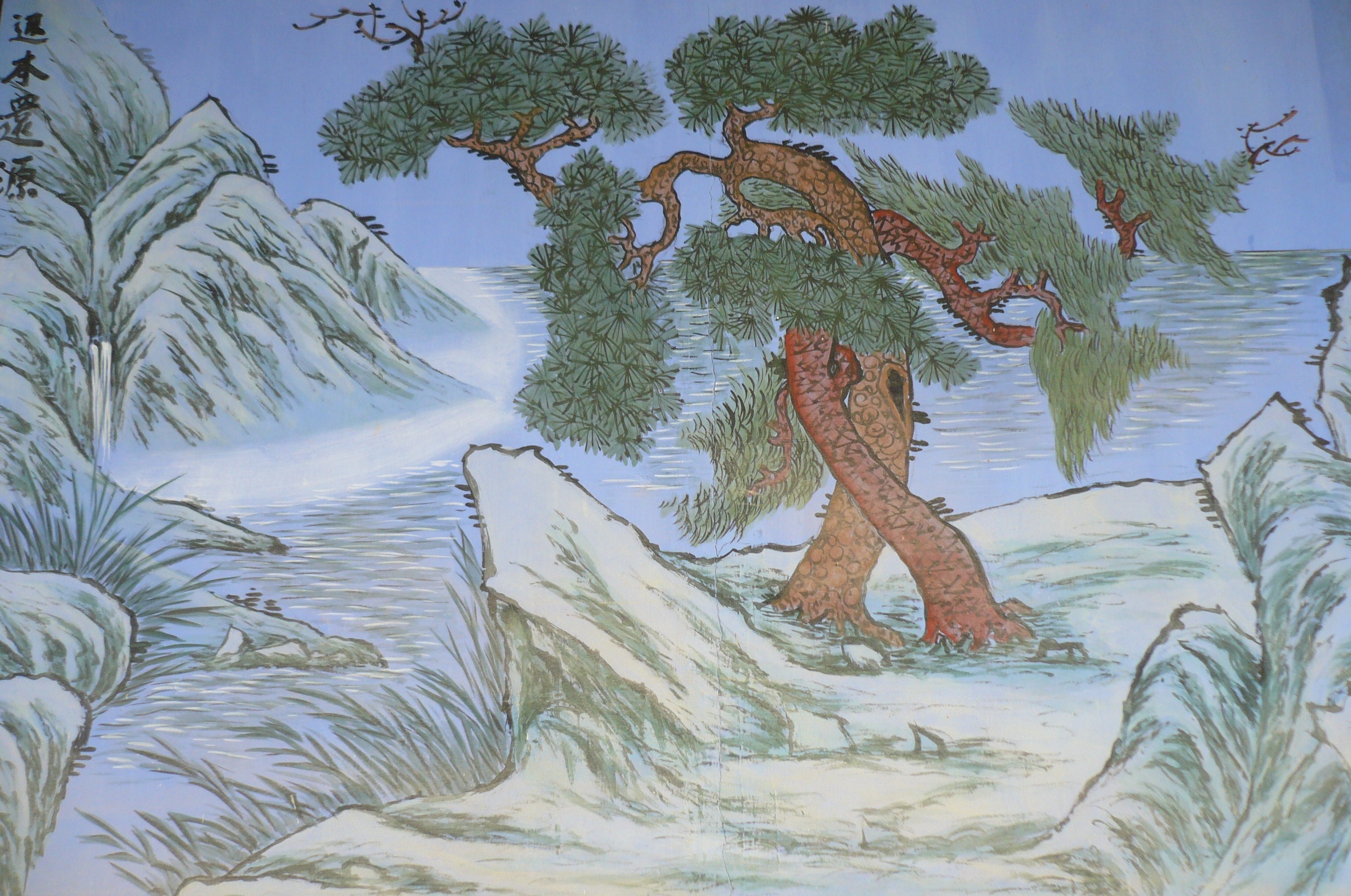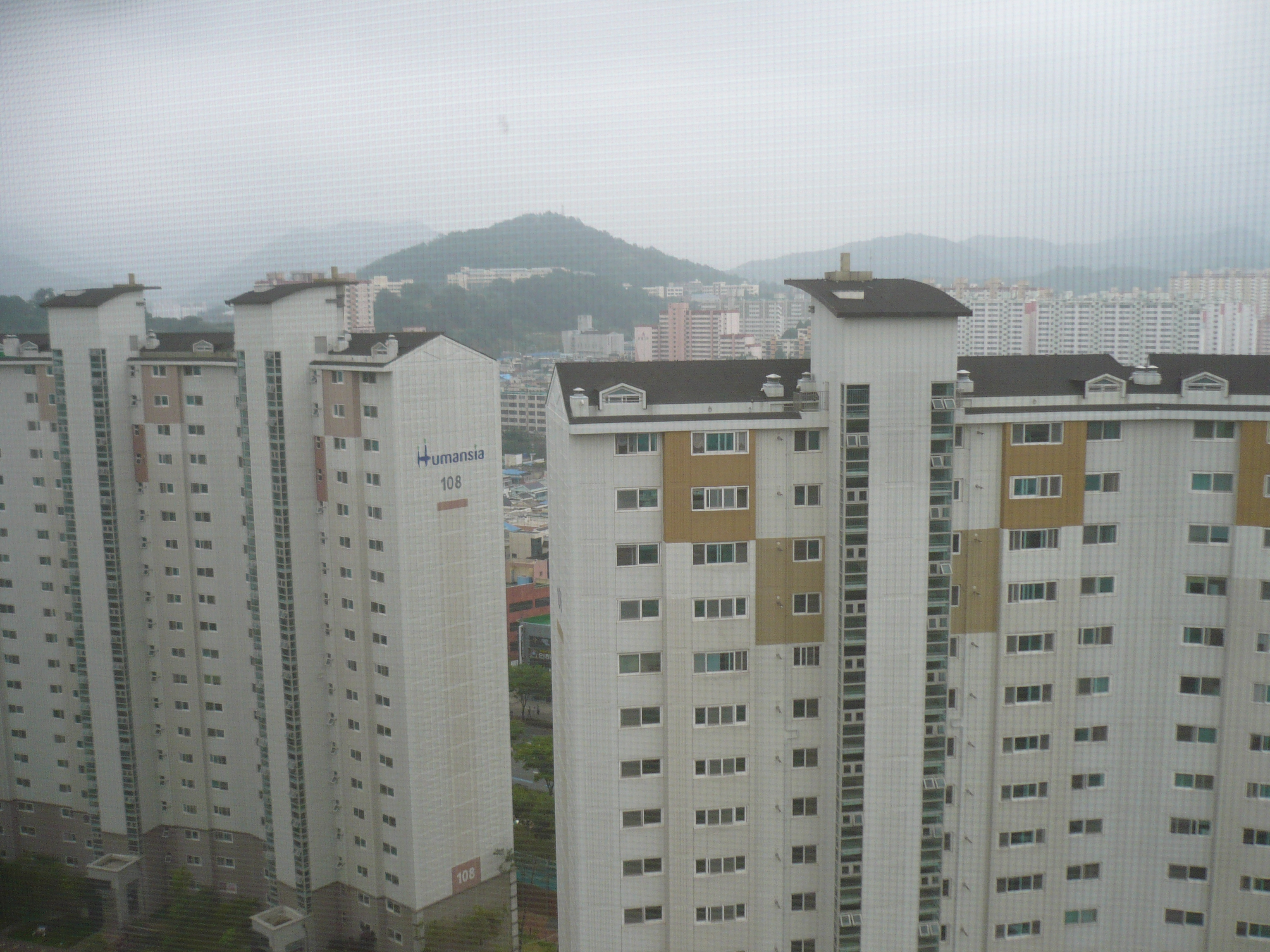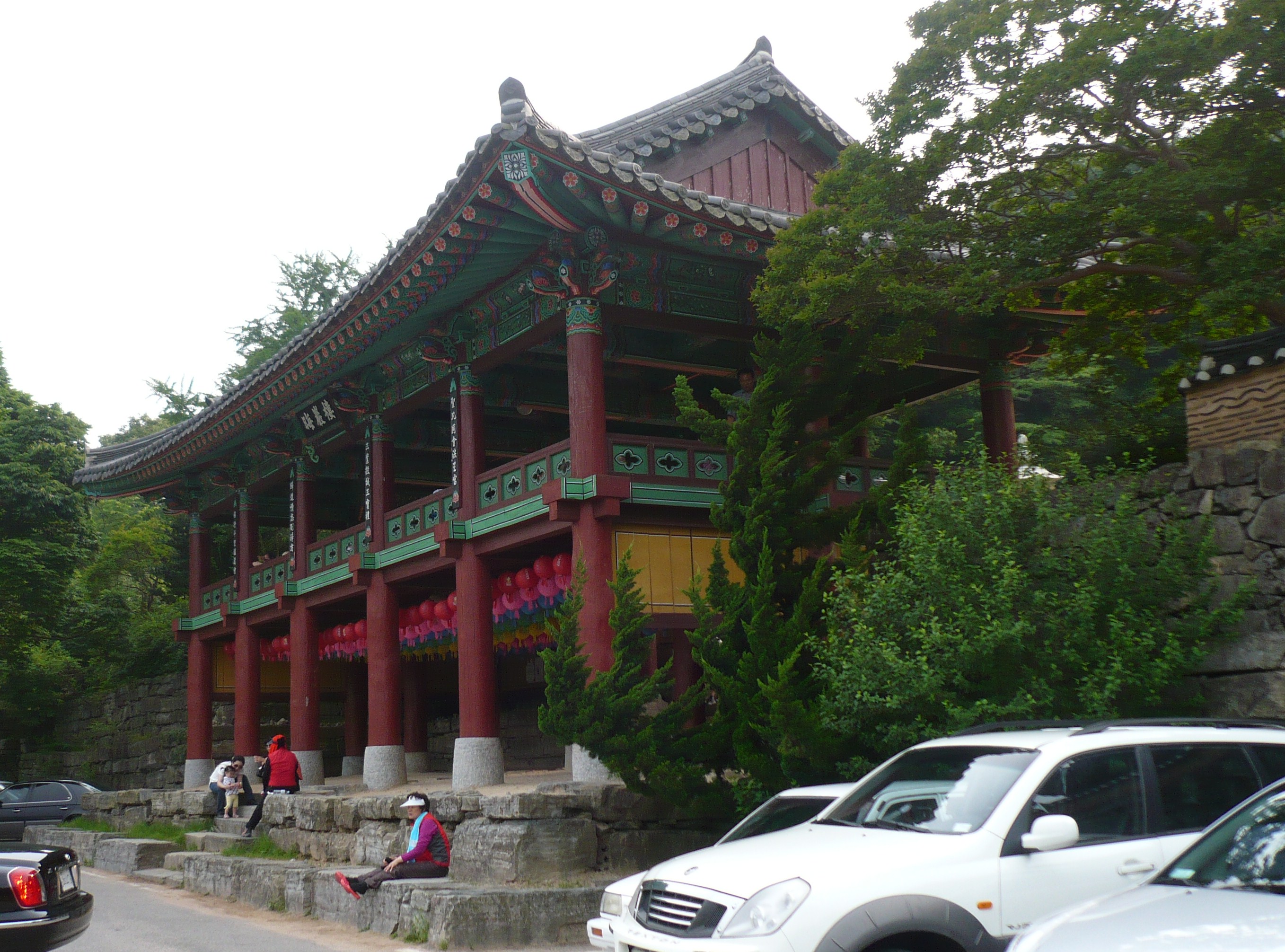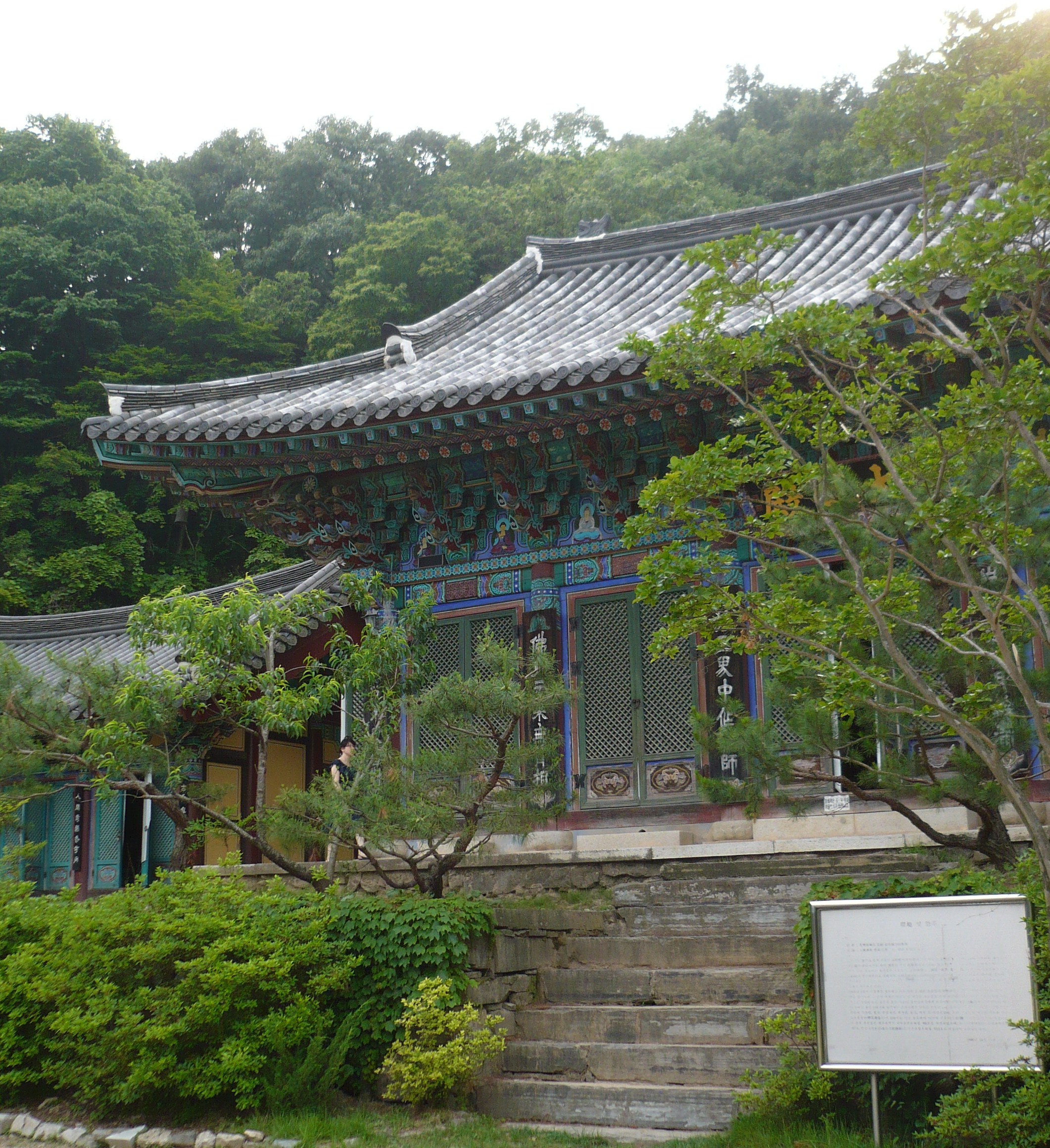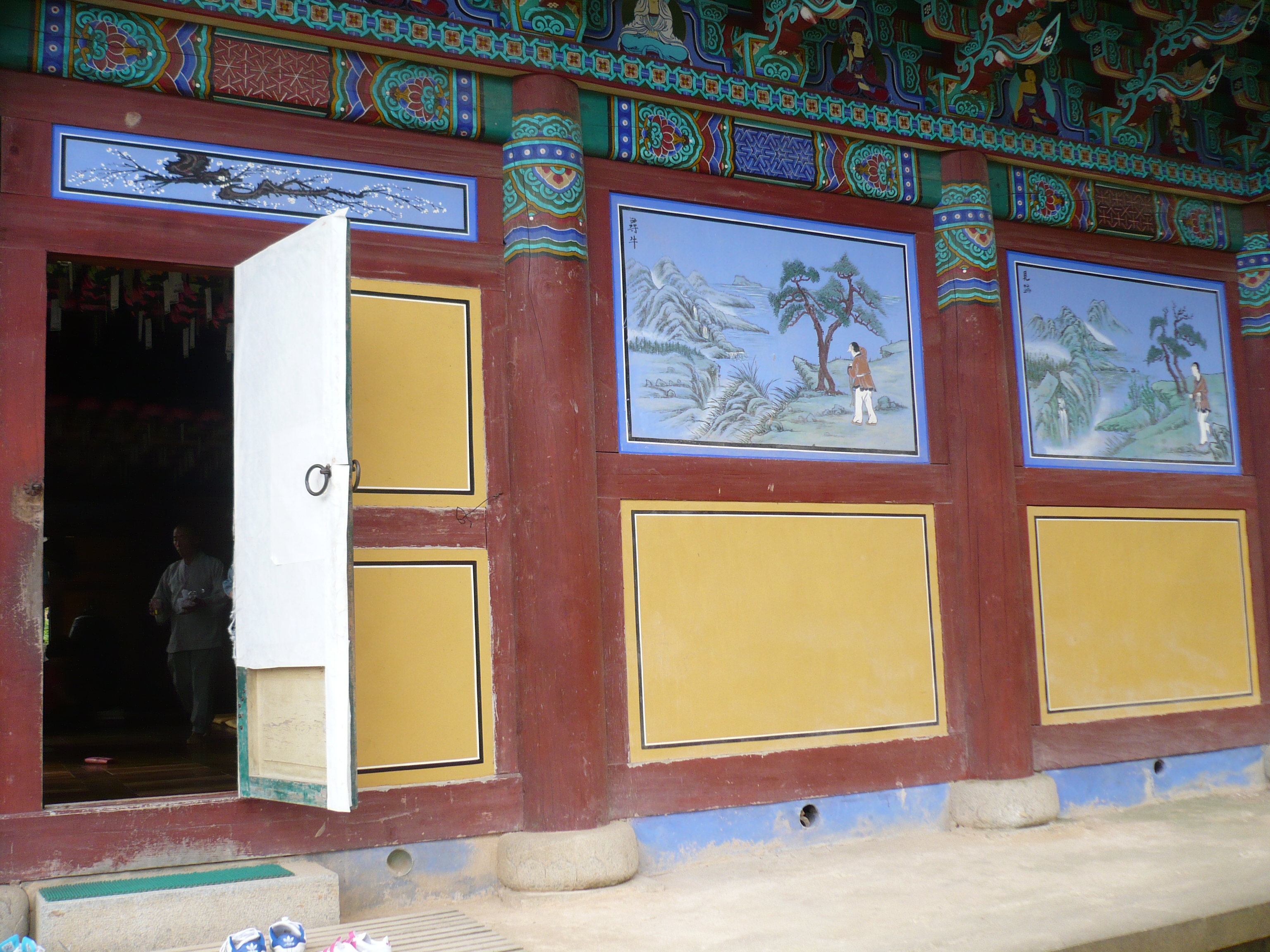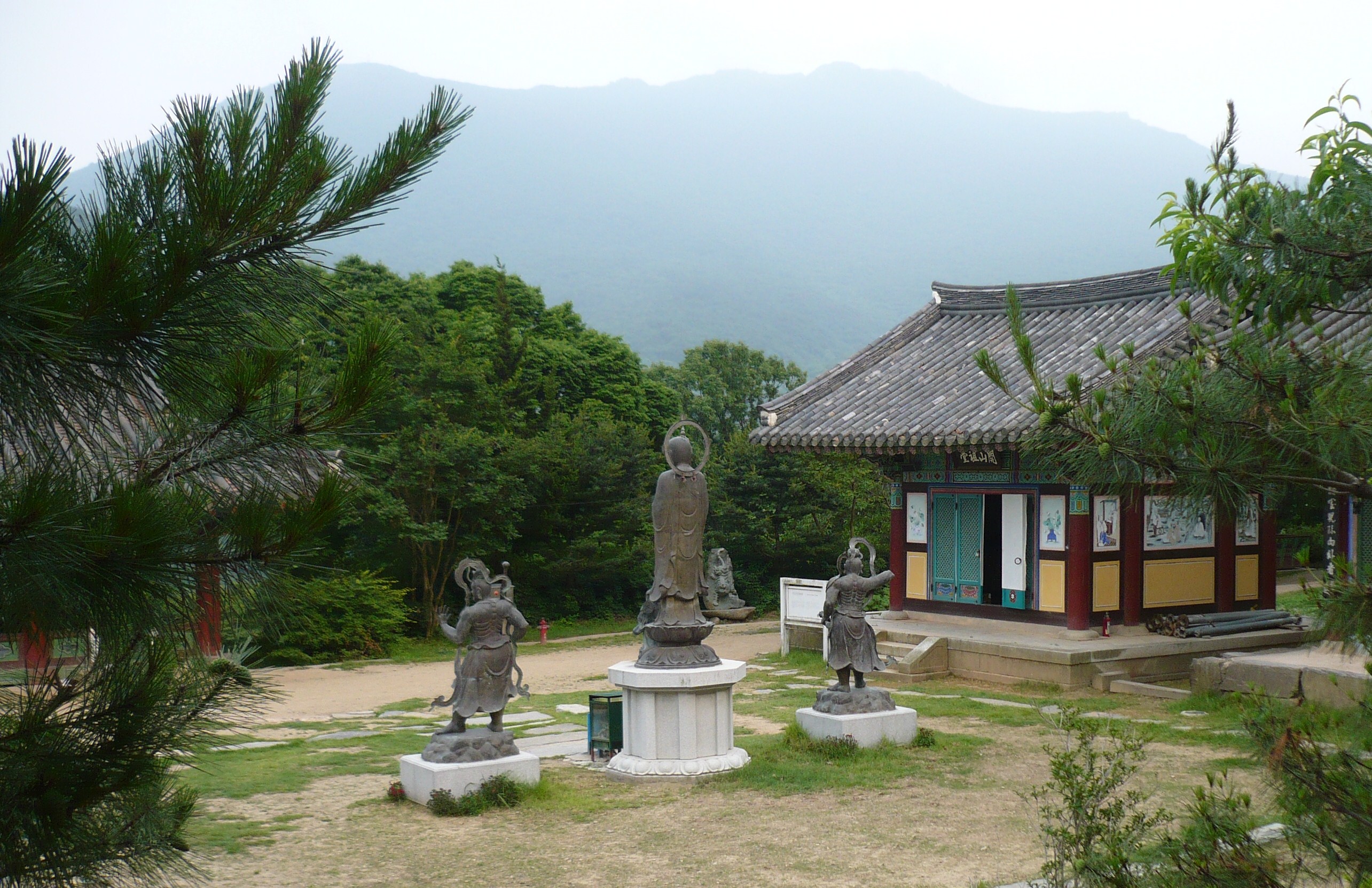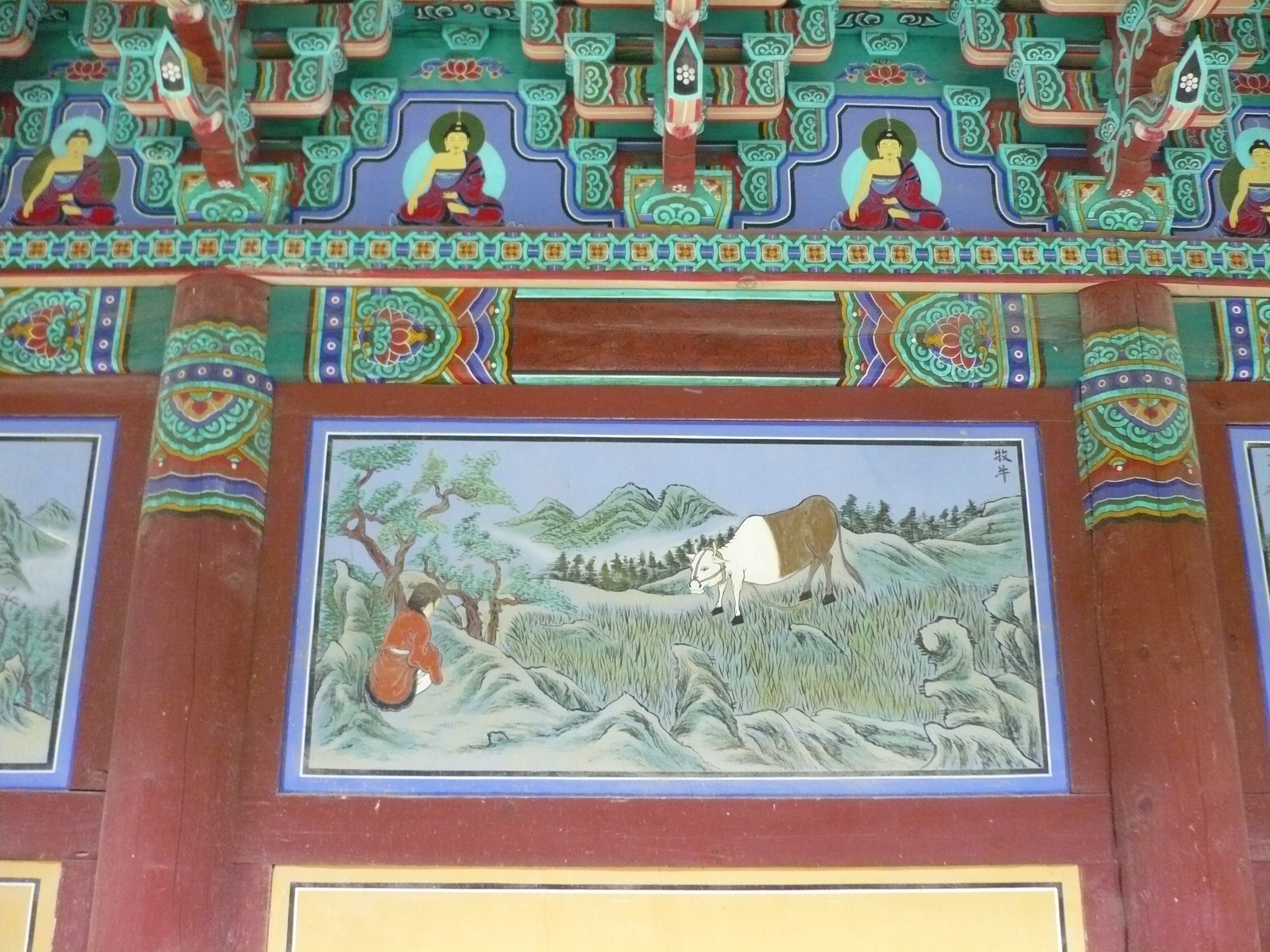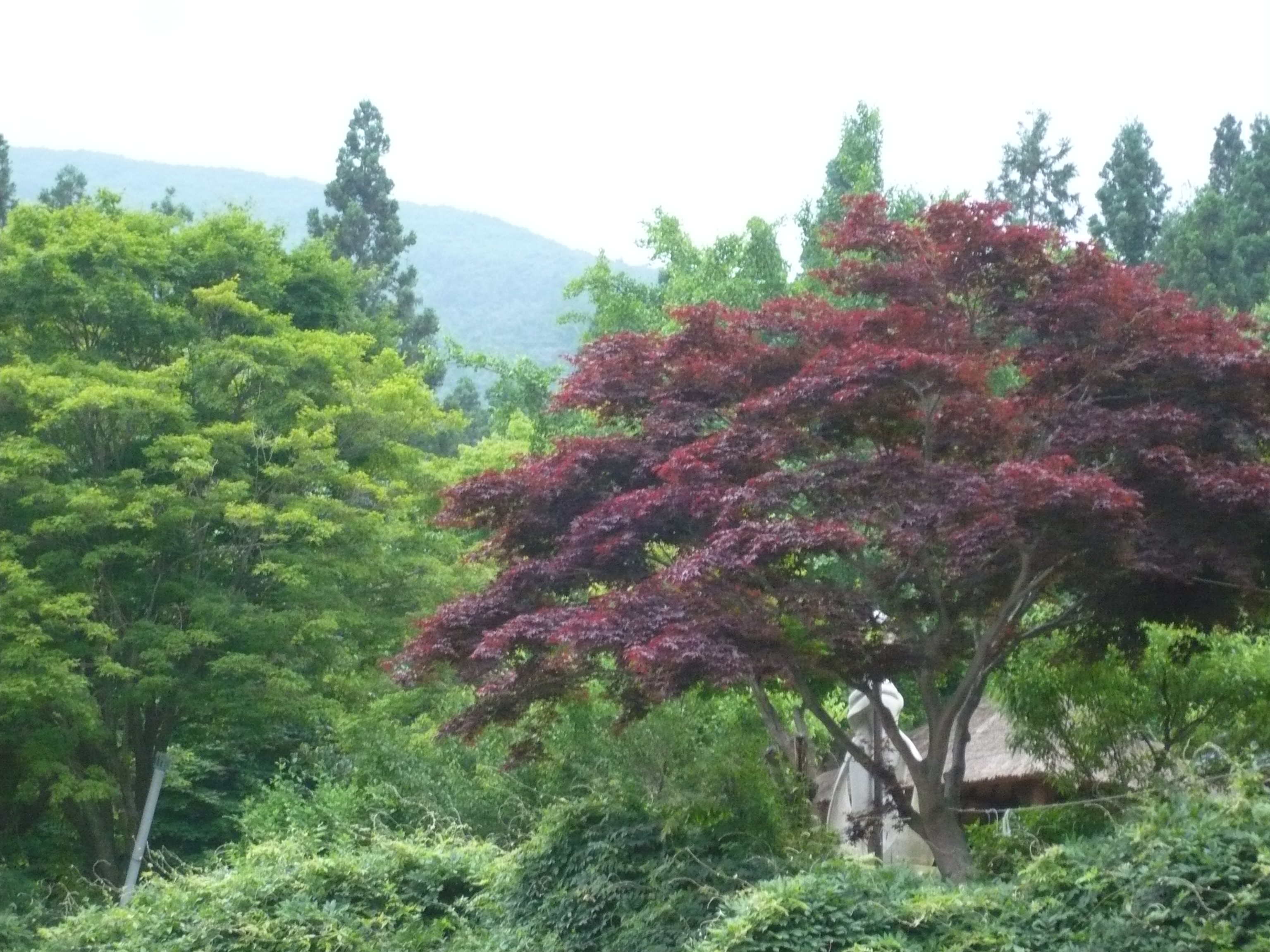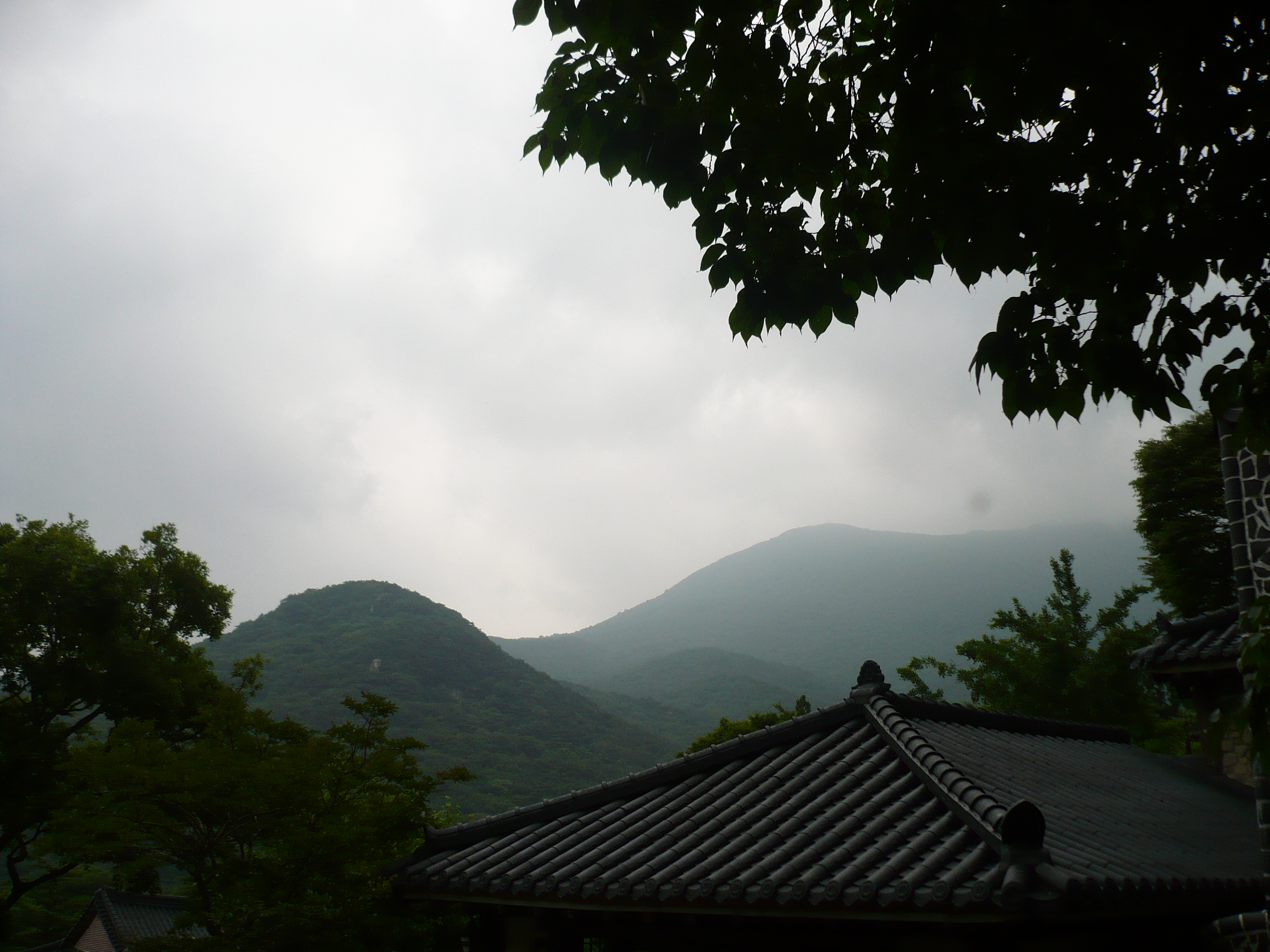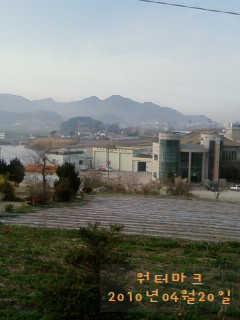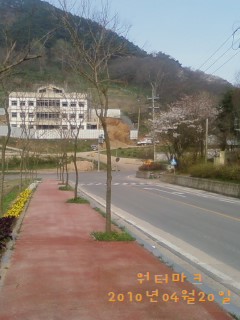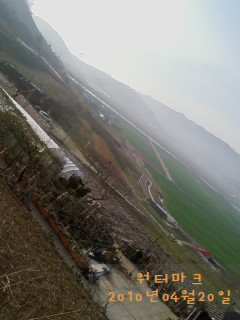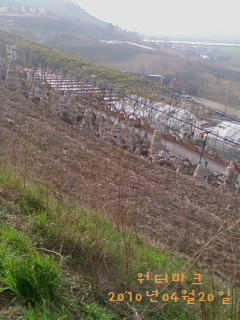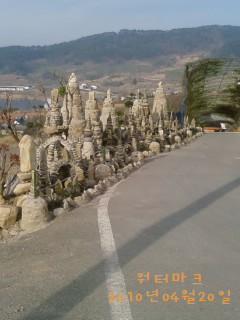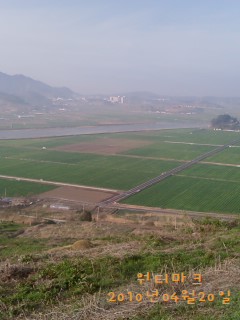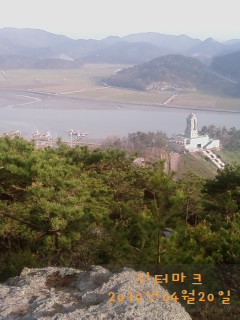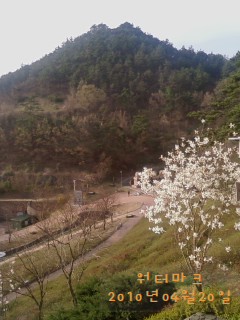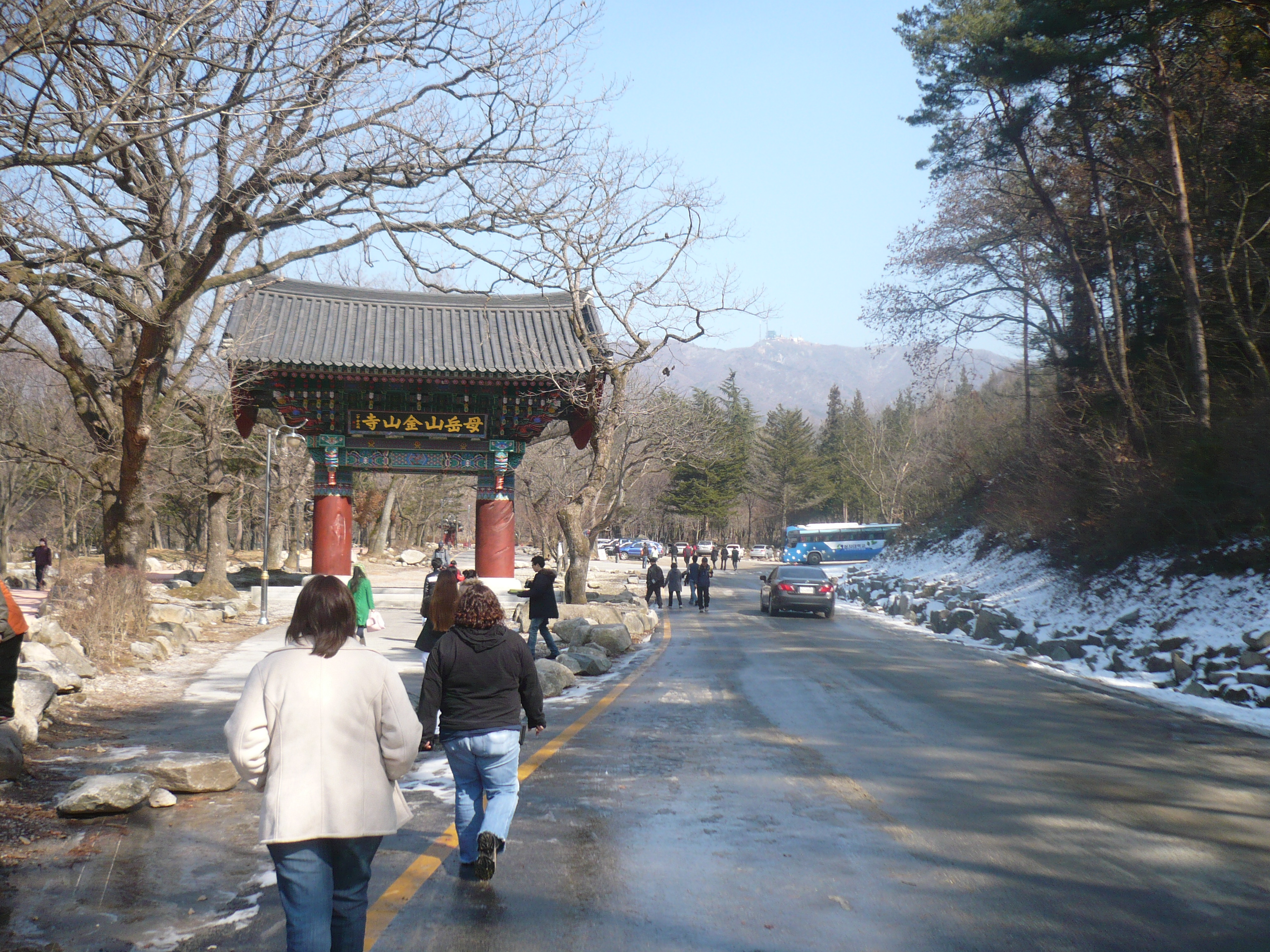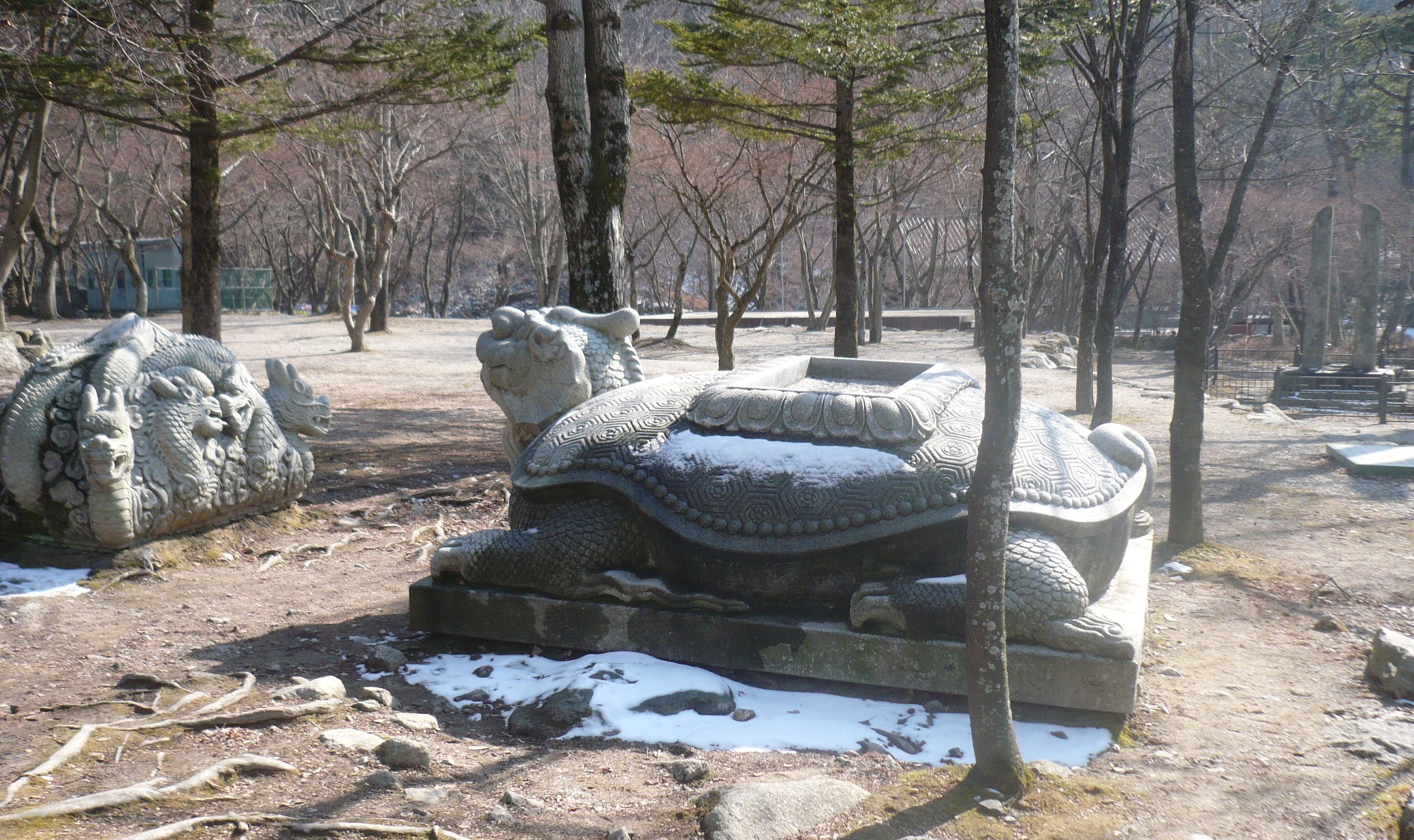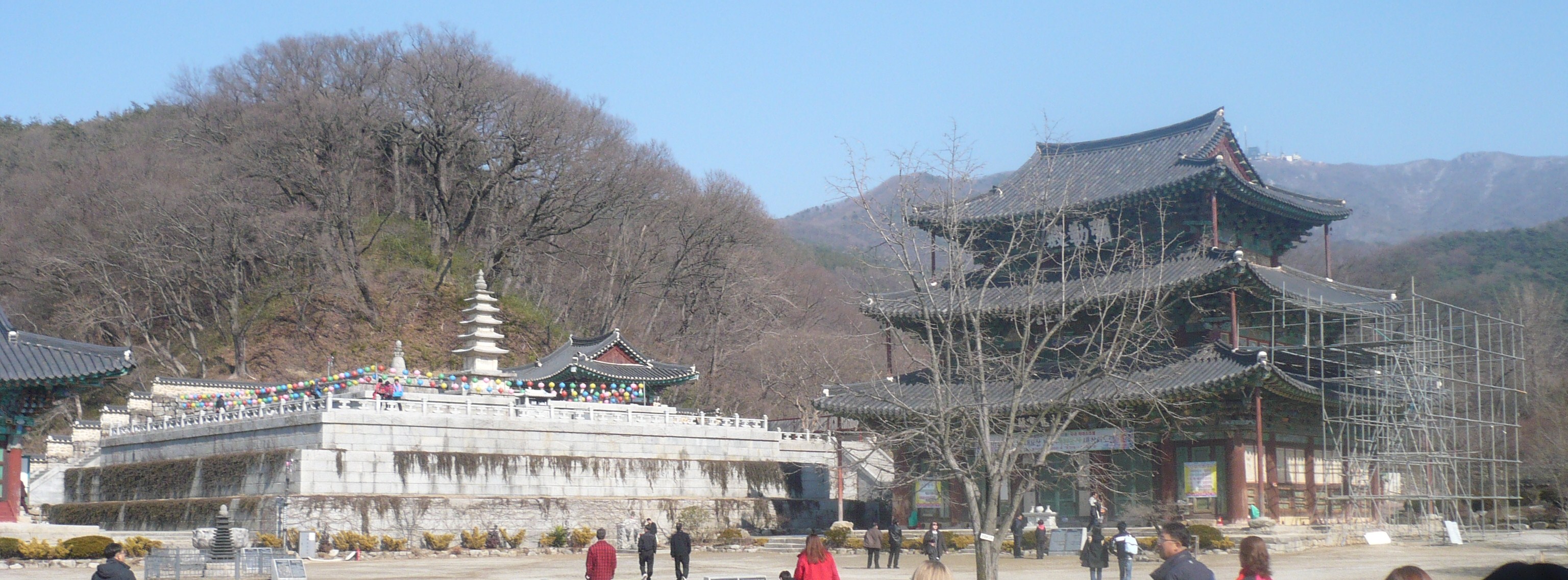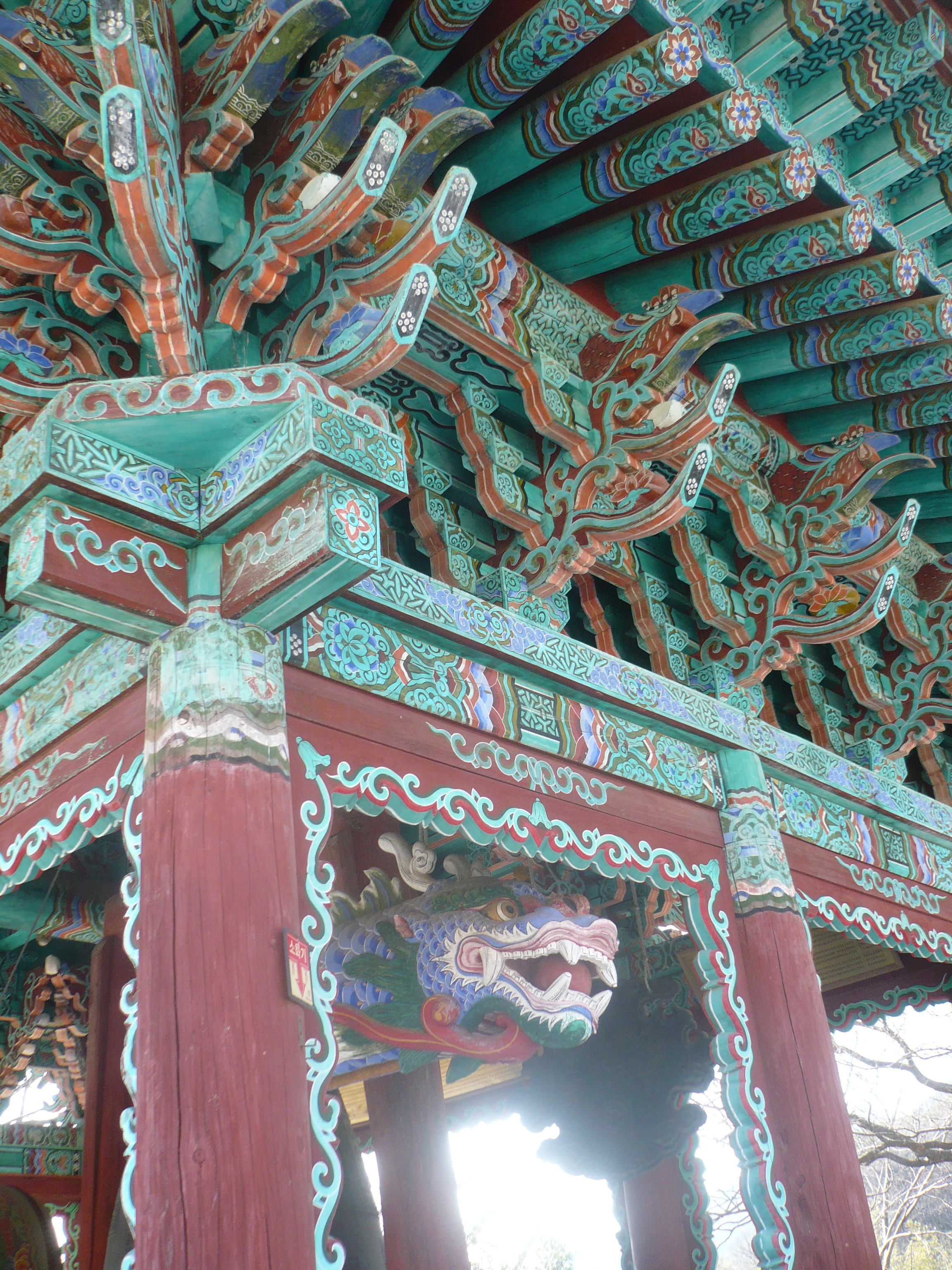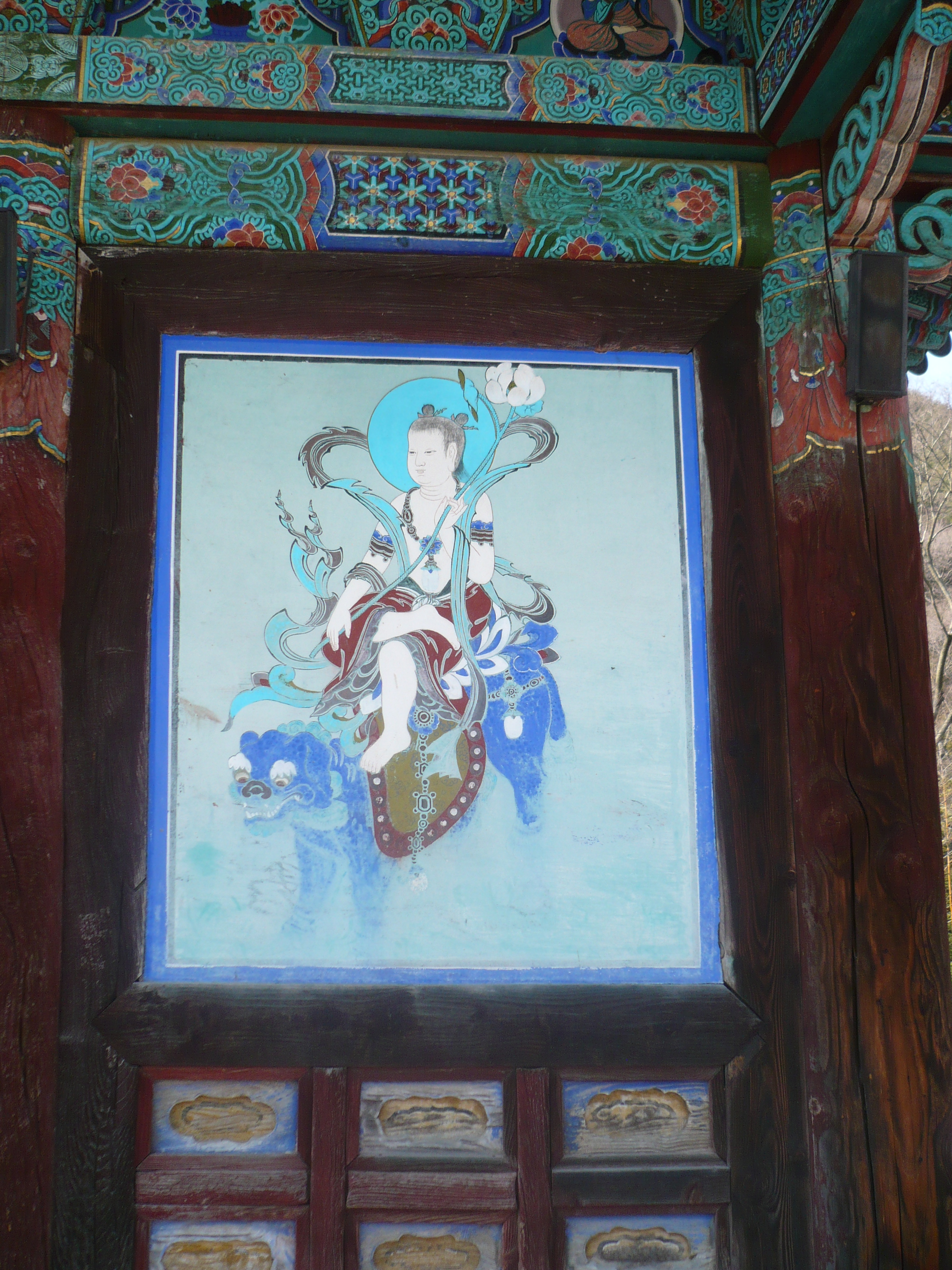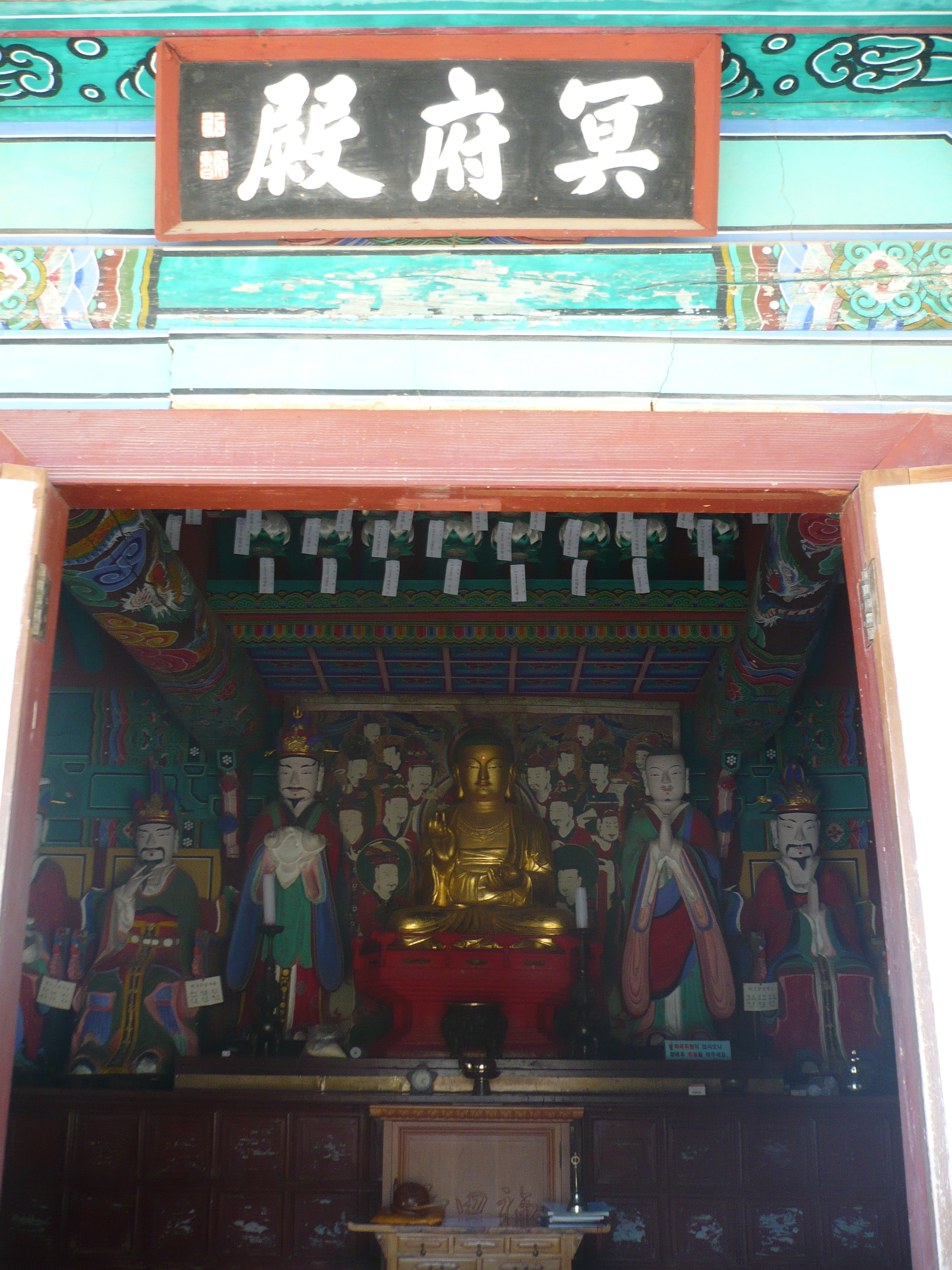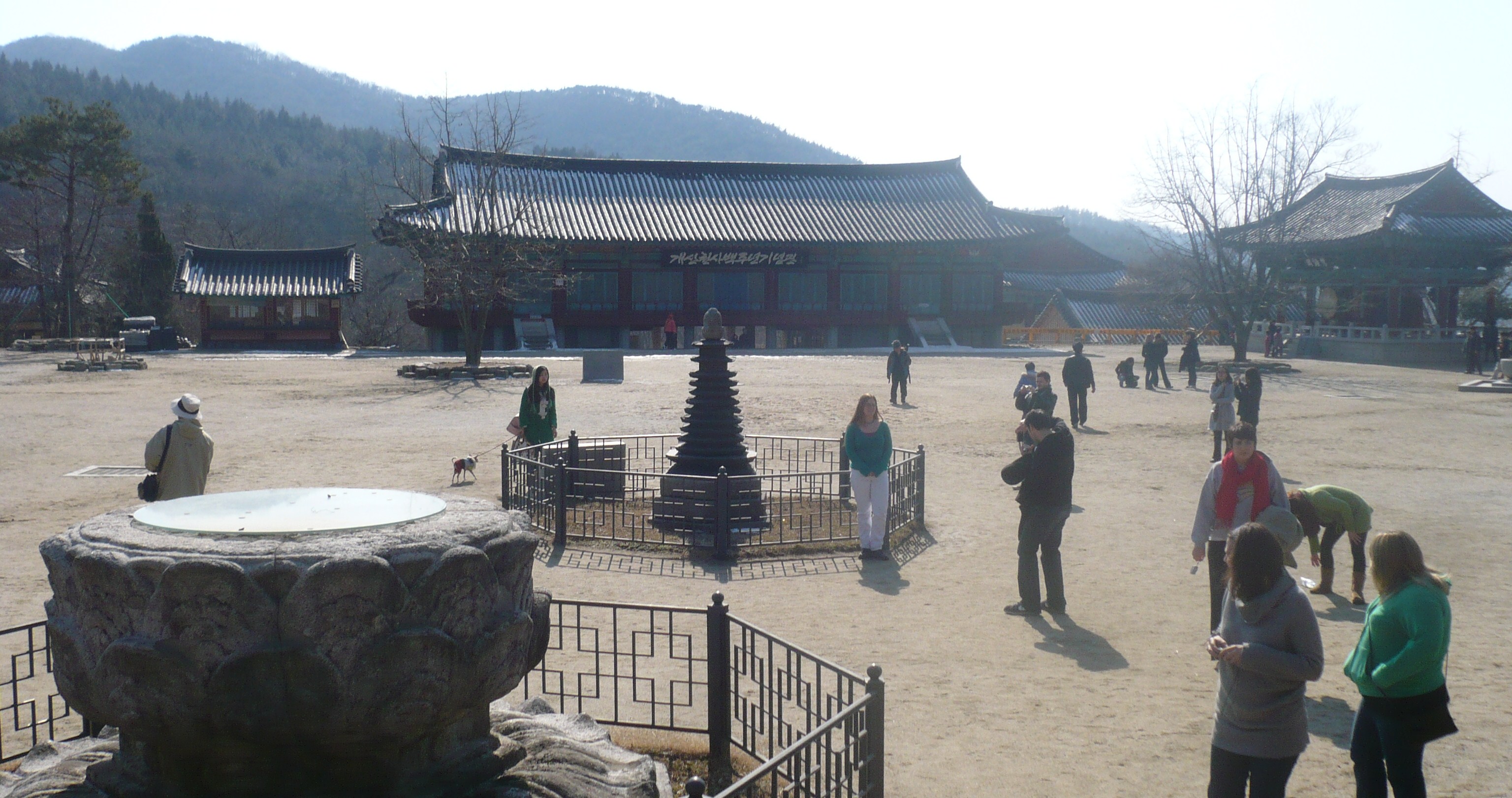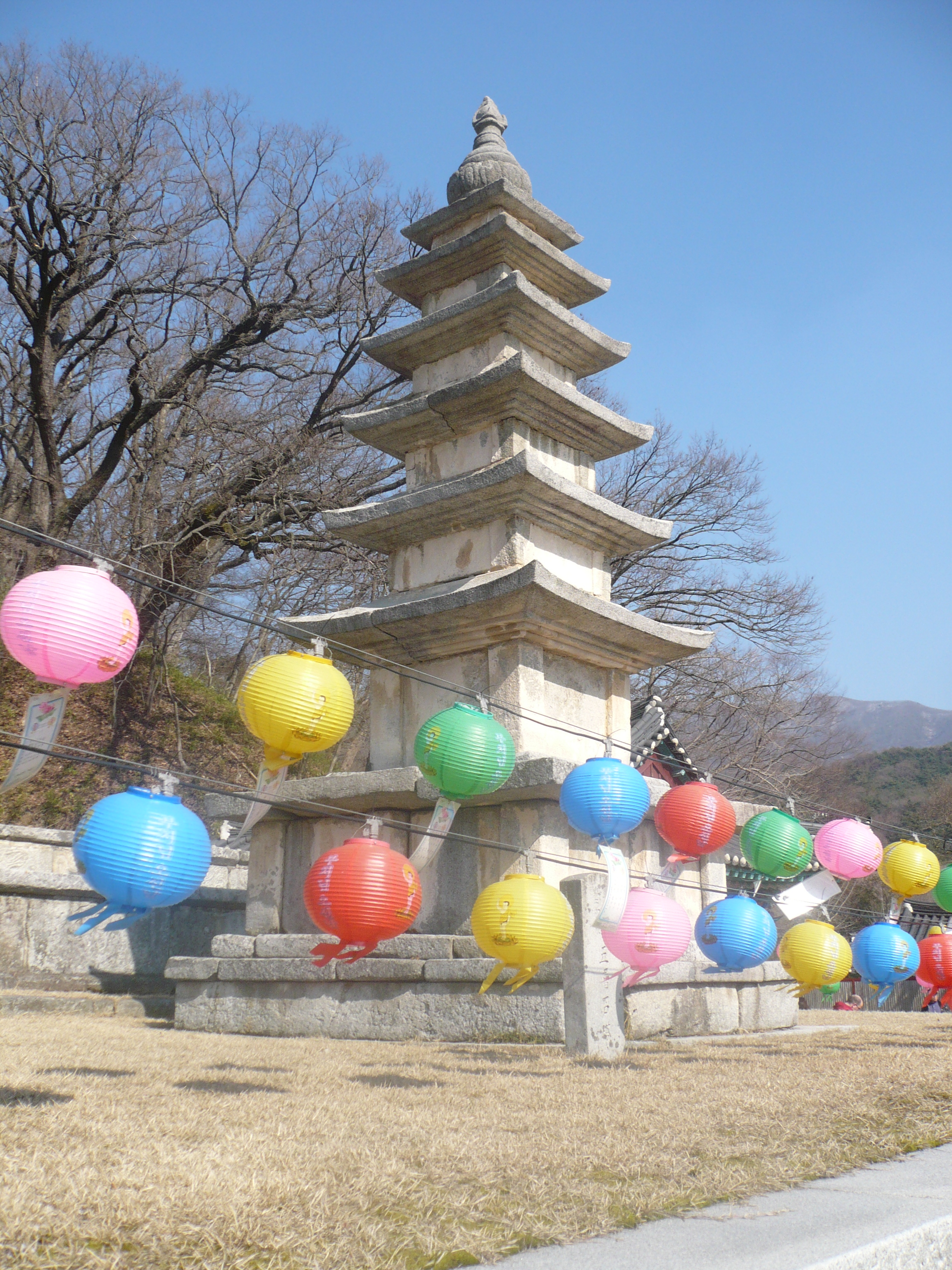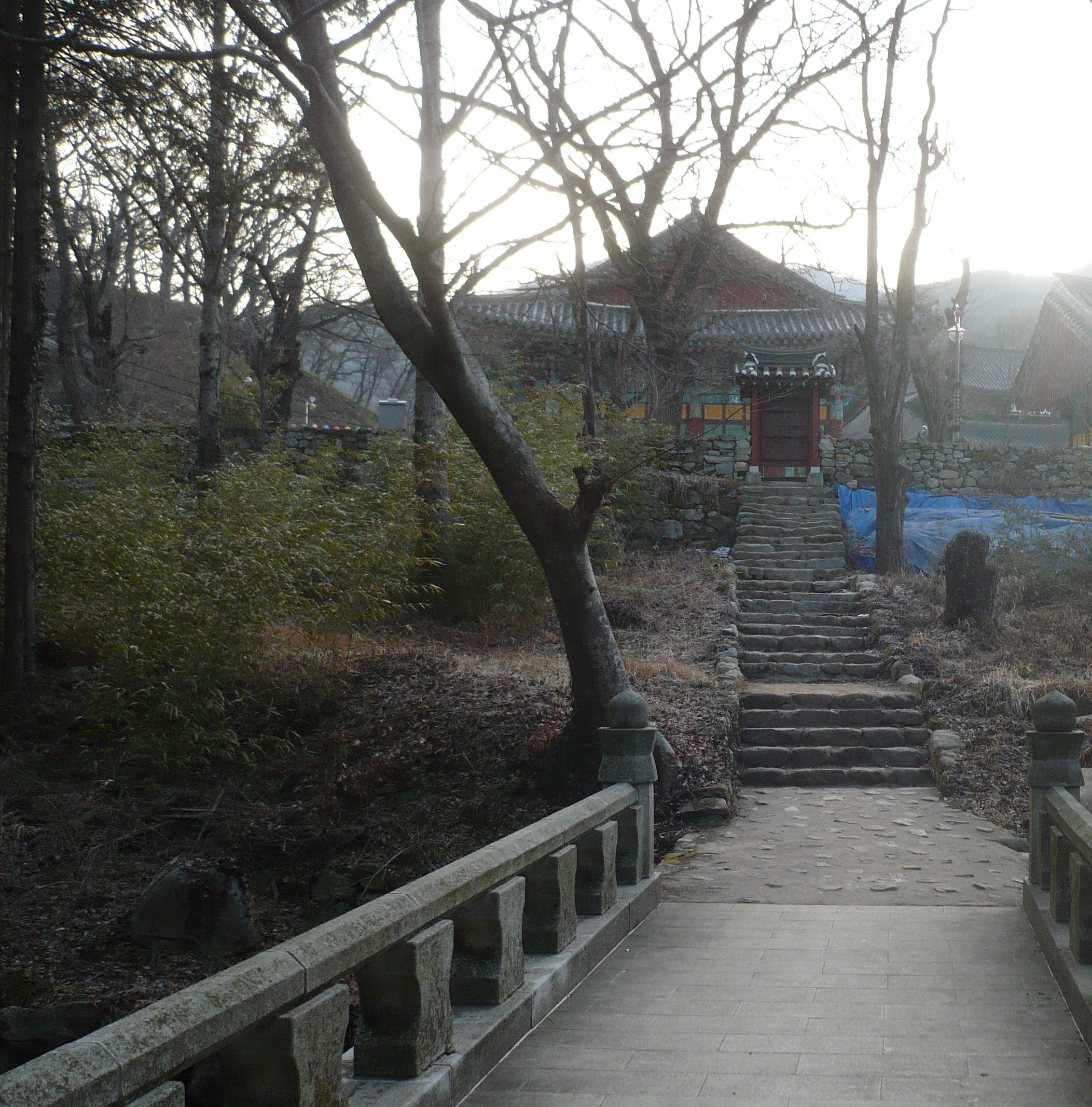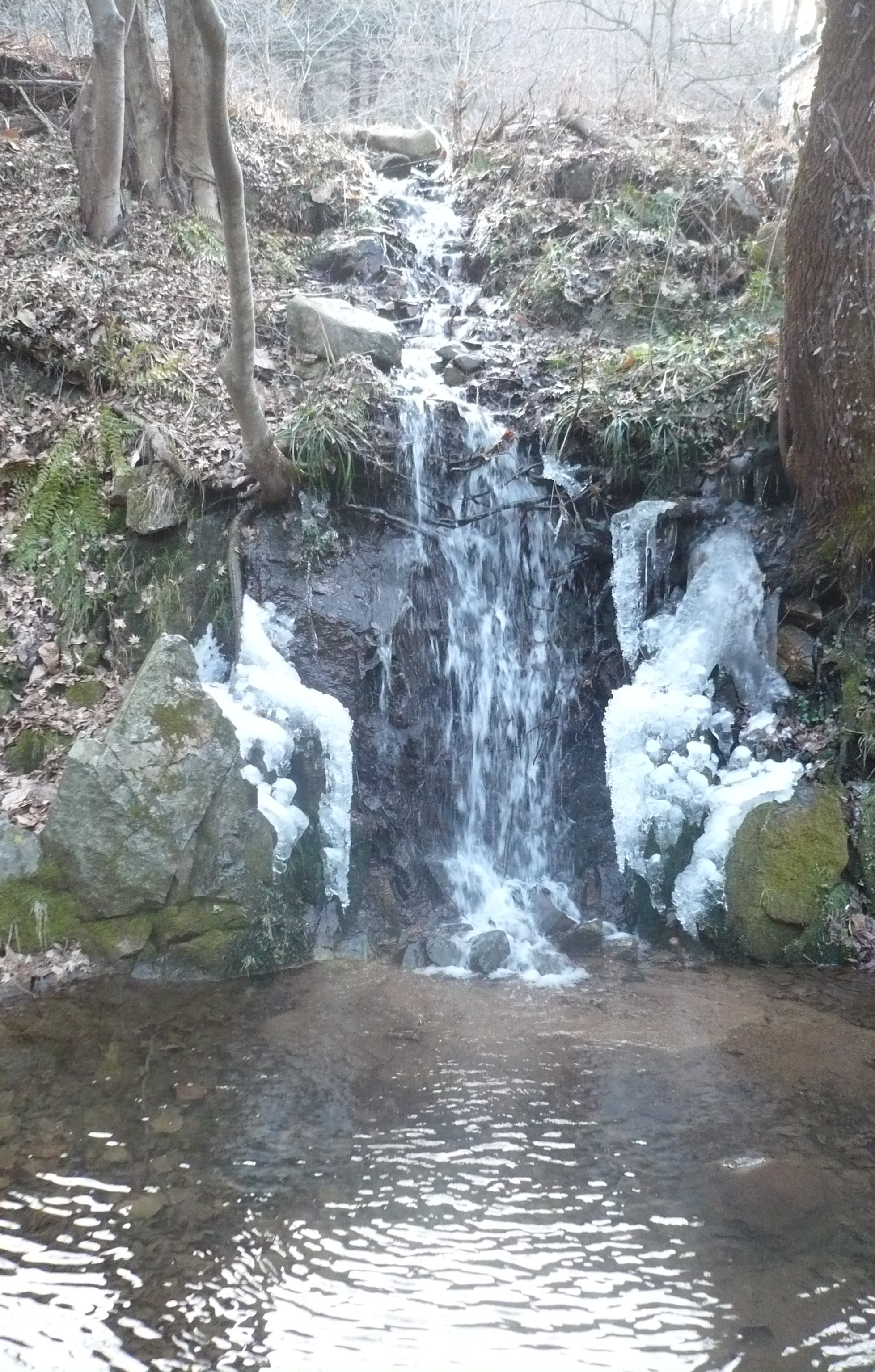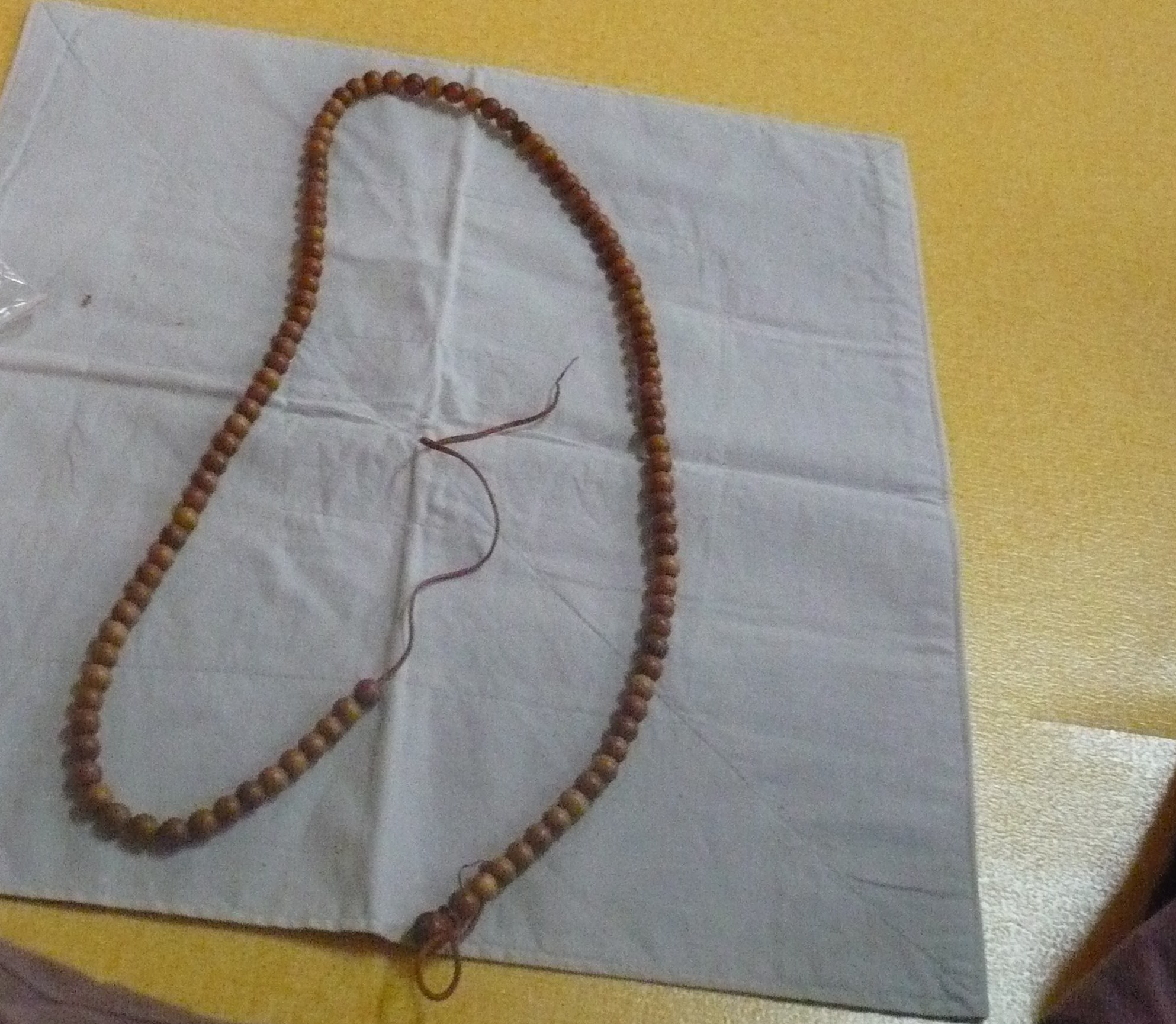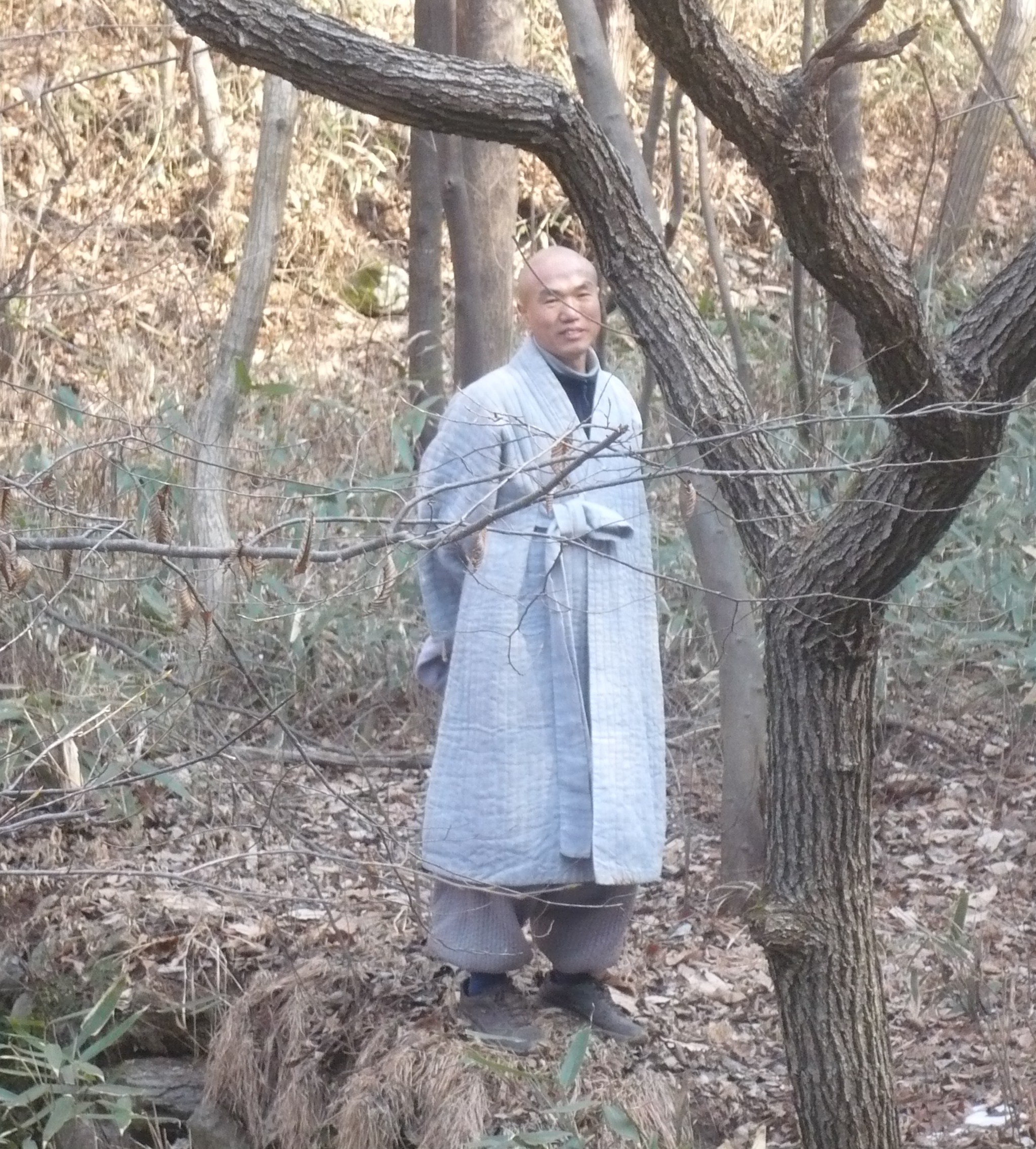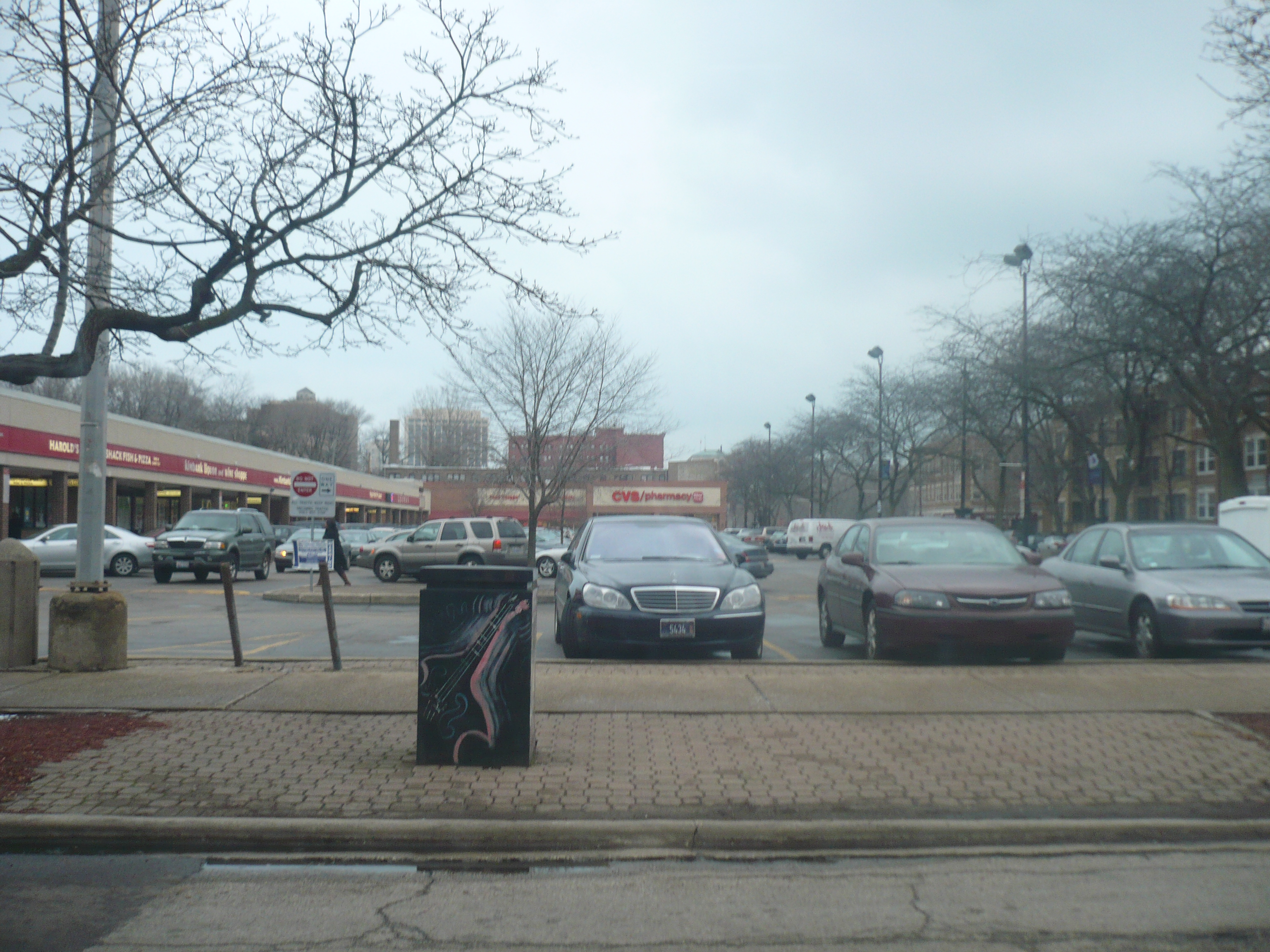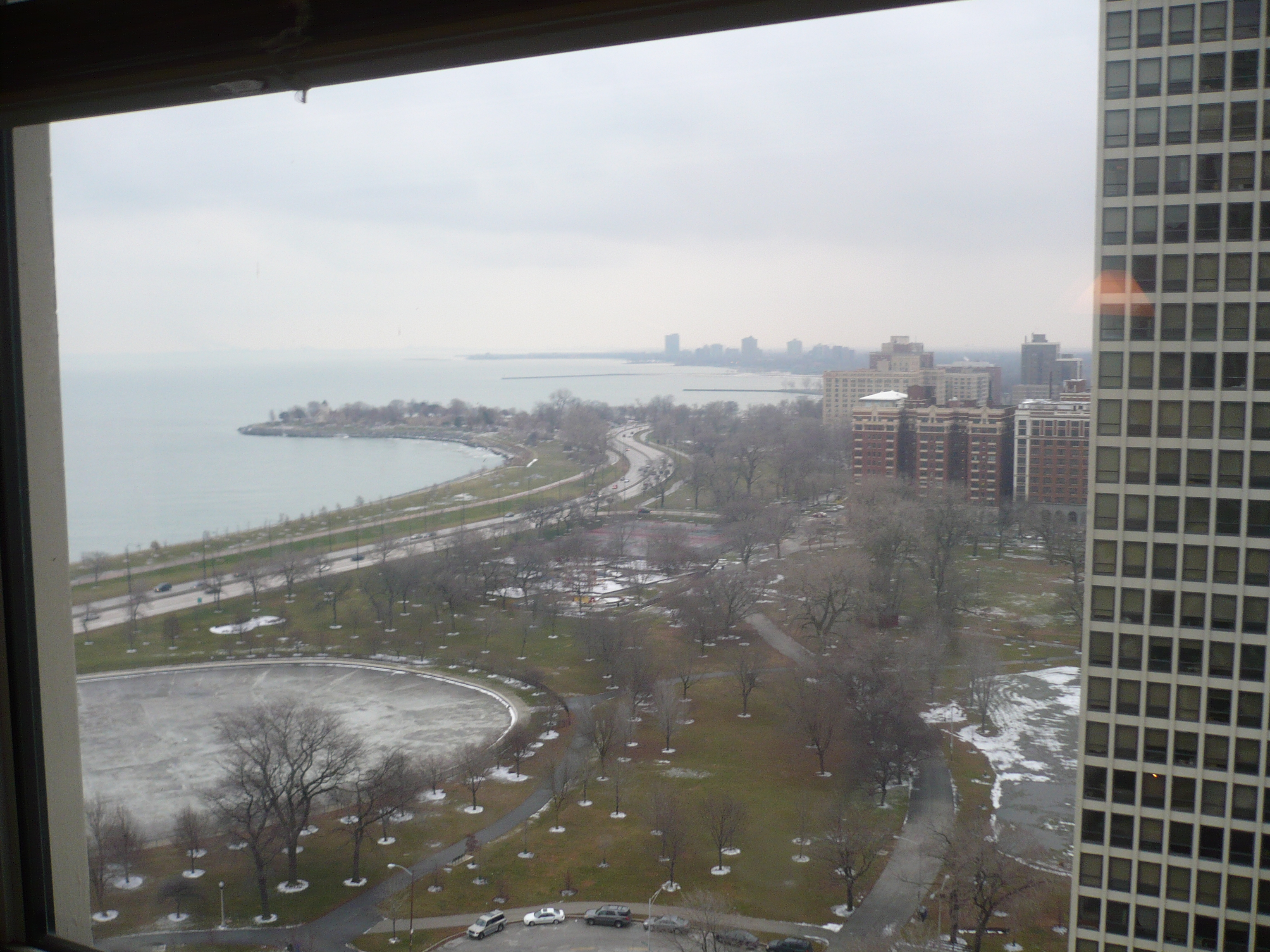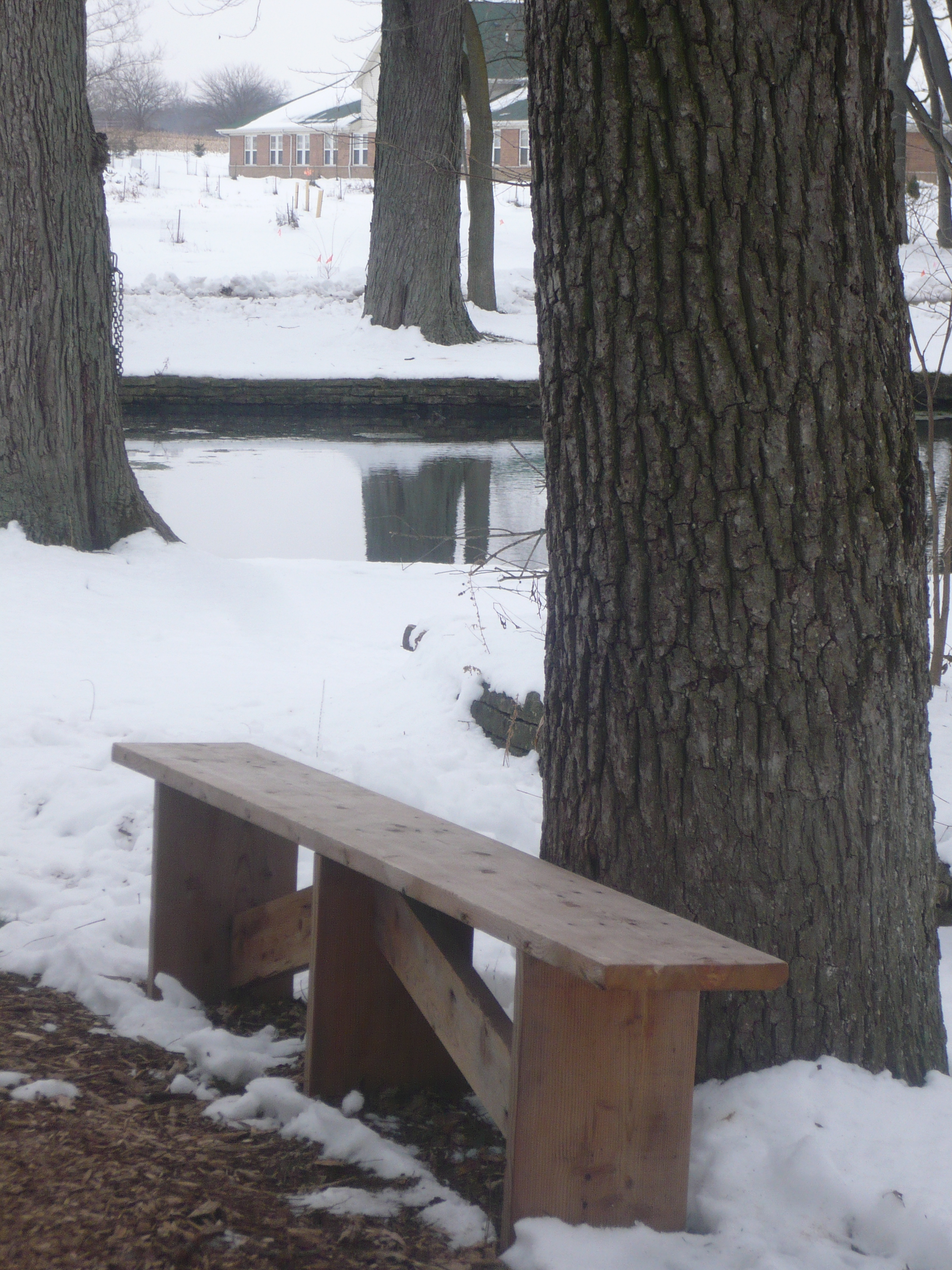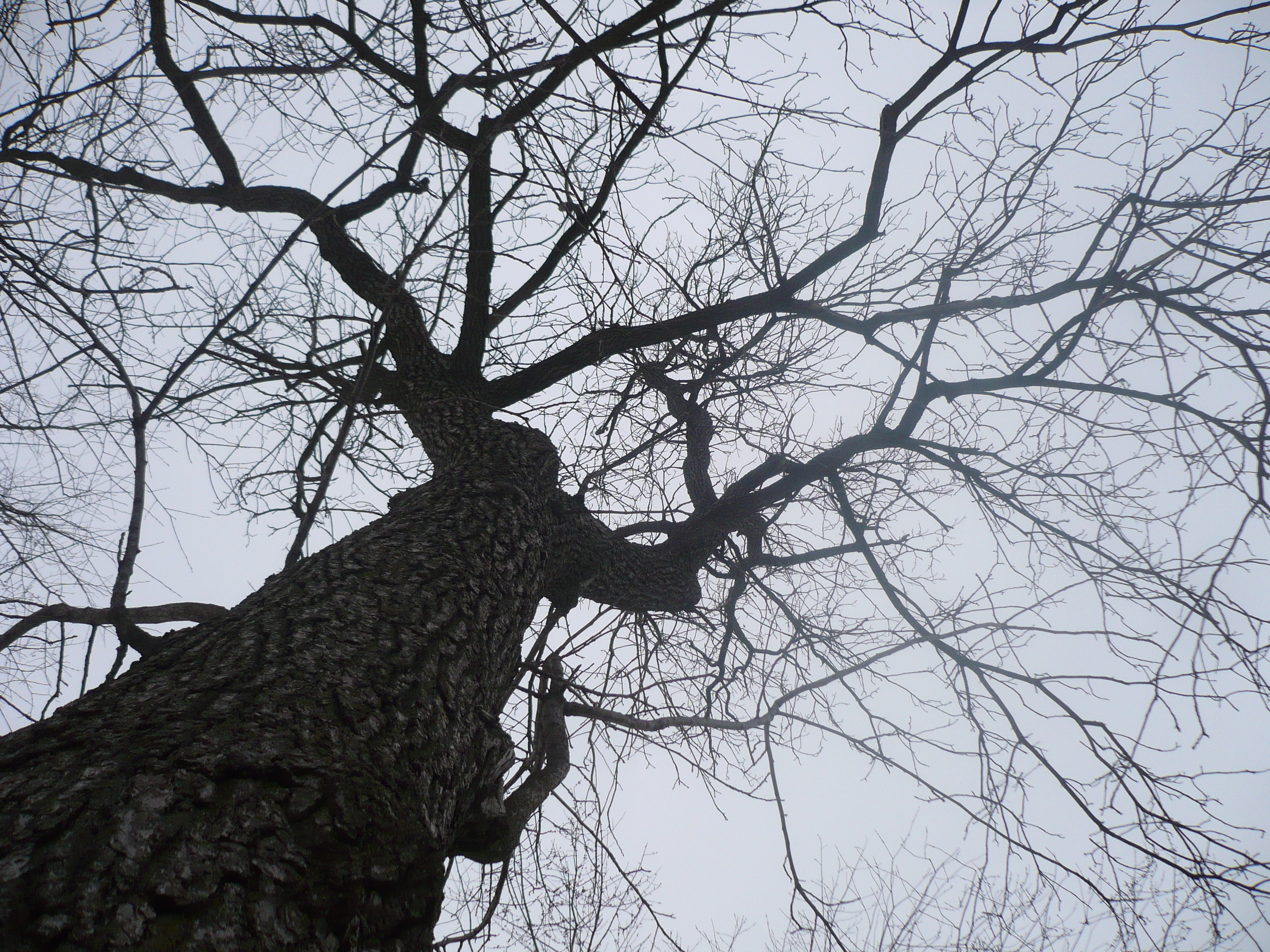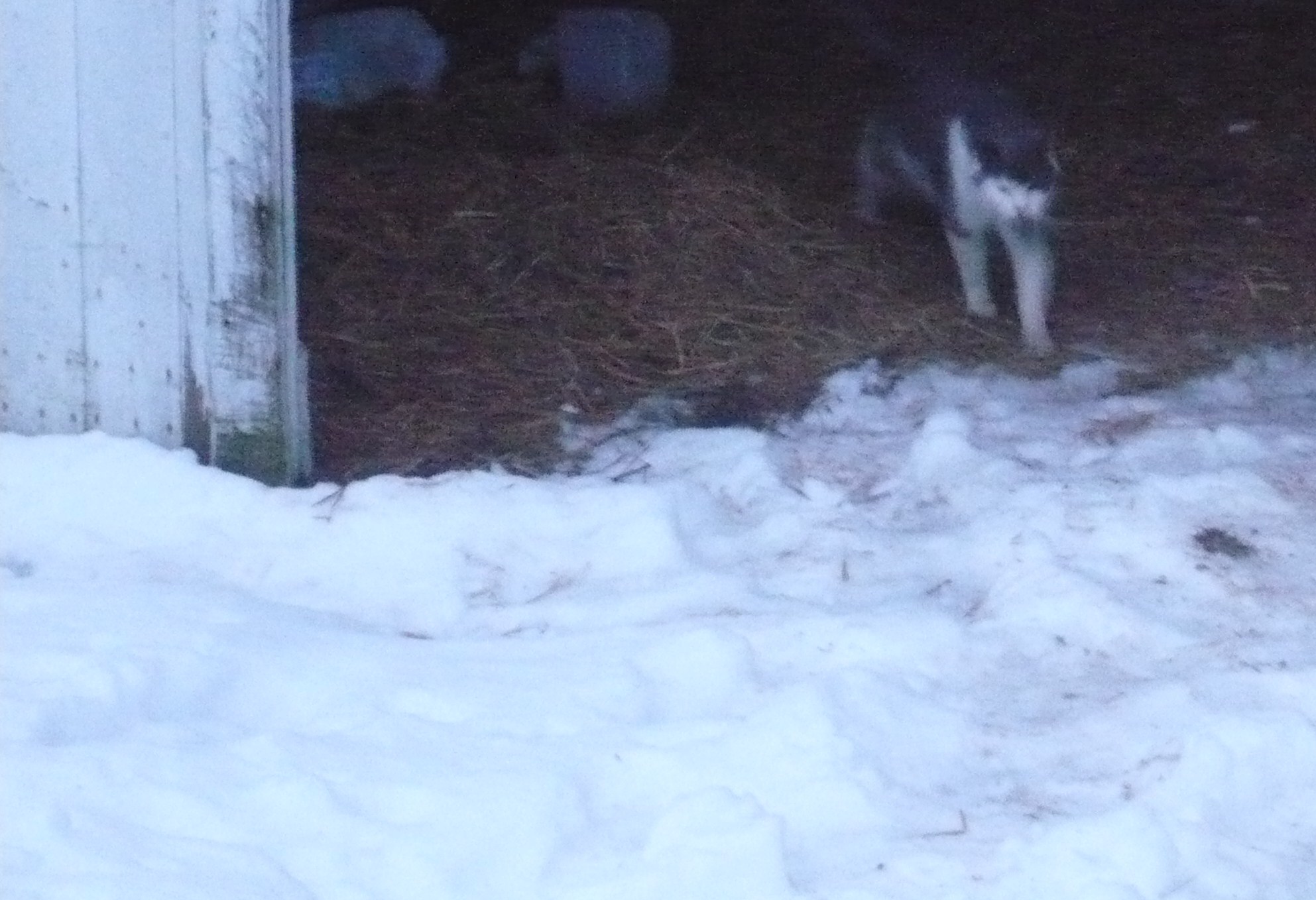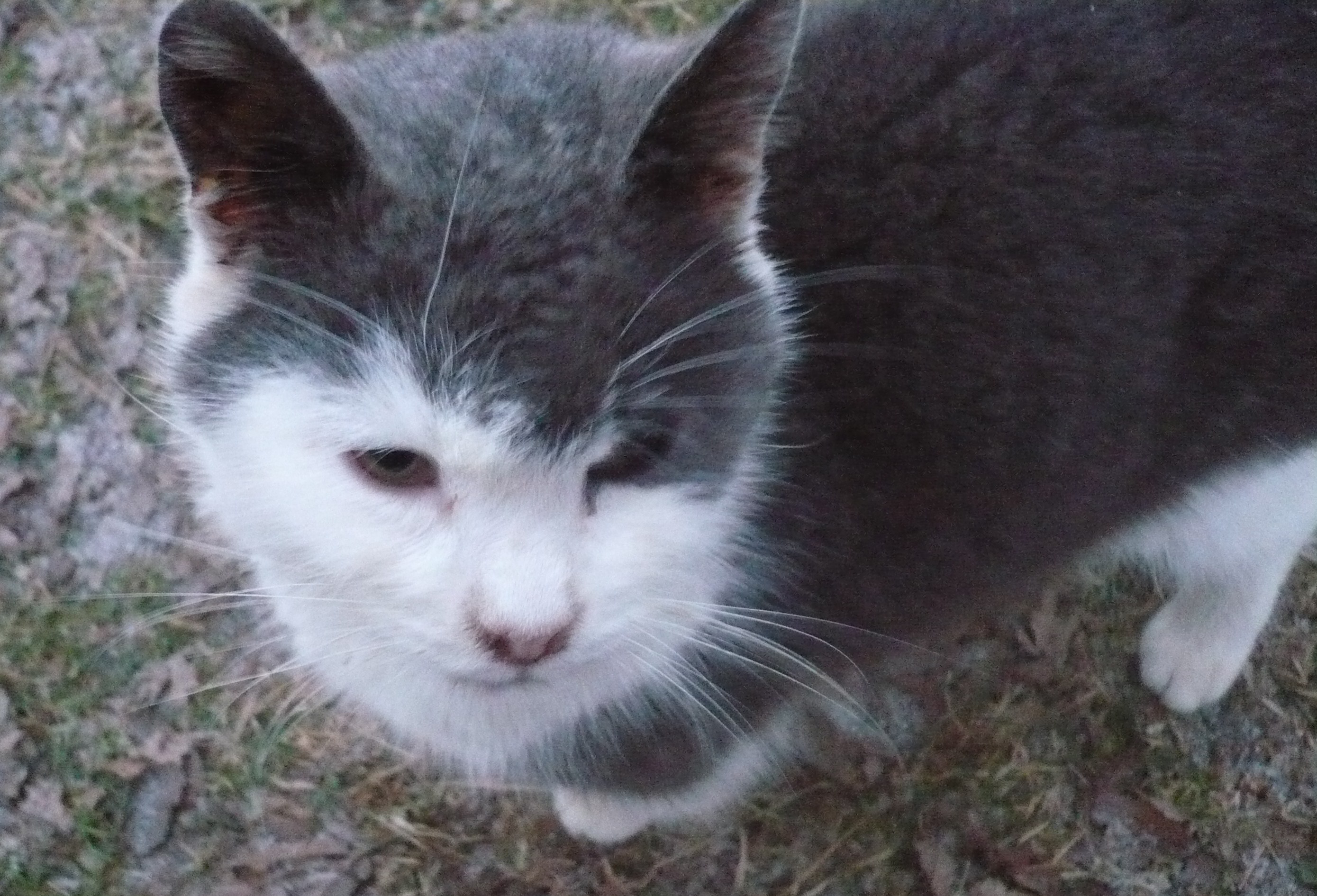[This is a “back-post”; it is a work-in-progress, so it may change partially or completely, with materials added or taken away, over the next several days or weeks. This is “day 8(c)” of my stay at the Vipassana Meditation retreat. For general comments and summary, see “day 11.”]
One thing I spend my time doing, as I sit and let my monkey mind wander, is that I invent parables and stories and jokes. I made up this parable.
There was a class of children and their teacher. The teacher was strict but well-meaning. One day, he told the students he was going to give each of them a gift. But he warned them: “This will be a personal gift, just from me to each of you individually. Do not share your gift with your peers or talk about it with each other. It’s to be between each of you and me, alone.”
The next day, he brought a small, elegant box for each of his students. He passed them out carefully to them, make sure that each received the correct box. Then he told them that they could look in their individual boxes. “But you must look carefully and privately. Do not share the contents of your boxes with your peers. As I said, this is a personal gift, tailored and unique to each of you individually.”
The students all opened the lids of their boxes and peered, discreetly, inside. There was one student, who always worked hard in class but didn’t always necessarily get great results. He looked into his box and realized it was empty. He looked around at his peers, and saw all of them smiling happily, seemingly satisfied with their secret gifts. He tried to put on a smile, and imagined that some of them, too, might have empty boxes, and that they too were pretending to be happy for the sake of appearances.
The teacher began to talk again, and he described the types of the gifts he had given, in general terms. They sounded very wonderful. The student felt more and more frustrated and sad, but he kept his equanimity. Equanimity was an important trait, according to their teacher.
Then the teacher said, “some of you may not have received a gift. If you don’t have a gift, you must not feel disappointed. You should not become depressed or feel dejected. Someday, you may still get a wonderful gift, but for now, what you have right now is what you have. Keep your equanimity.”
The student suddenly felt overwhelmed by the exact feelings his teacher was telling he should not have. He suddenly lost all self-control and equanimity, and burst into weeping. It simply wasn’t fair. And somehow, having his teacher insist that such unfairness must be borne in equanimity was a kind of last straw, and he completely lost it. He wept and wept.
